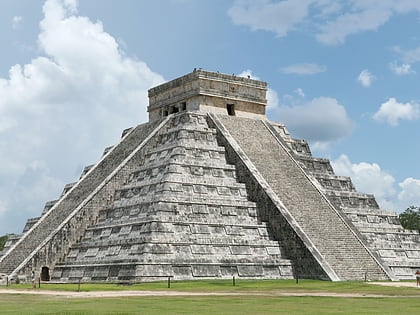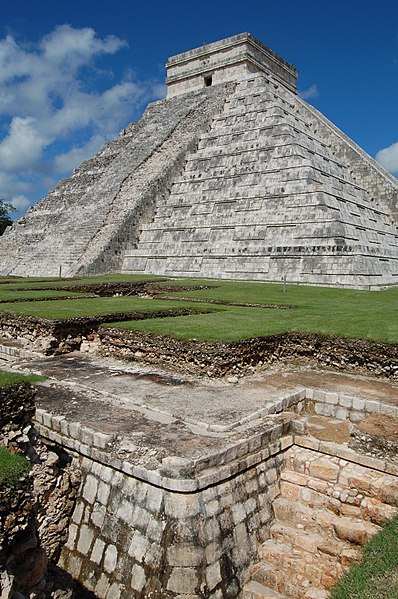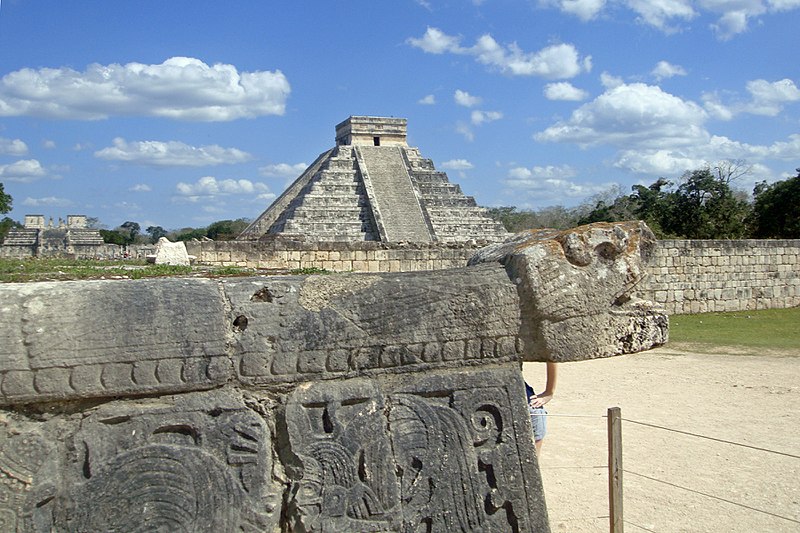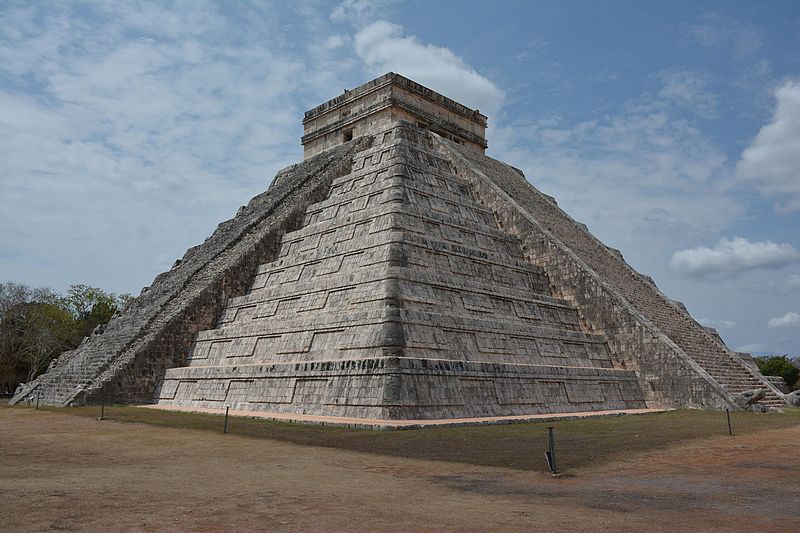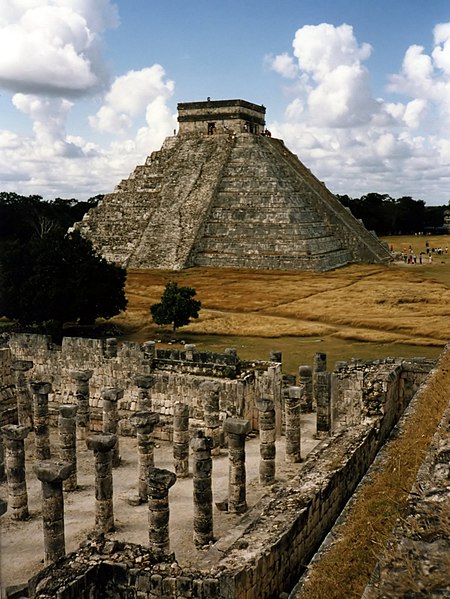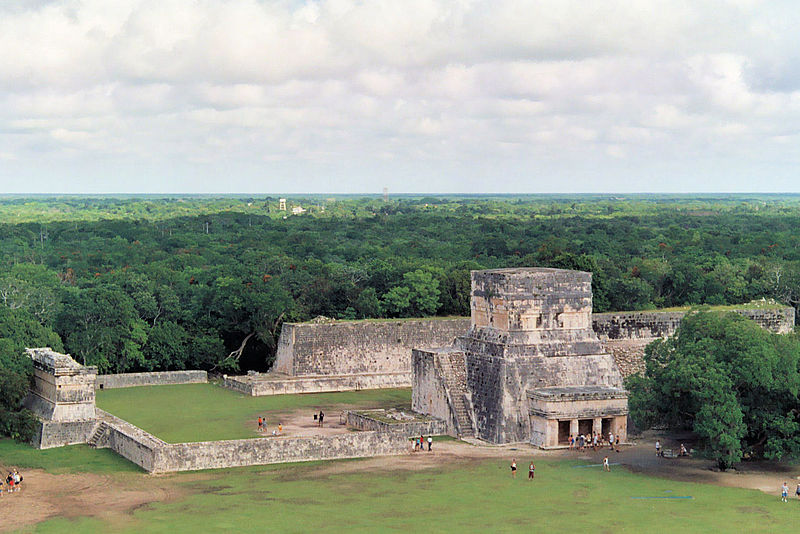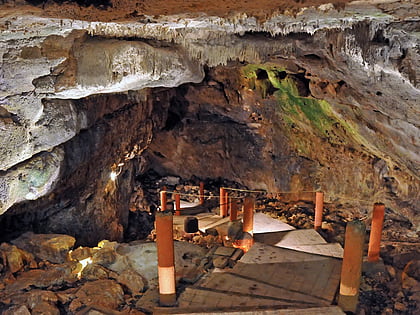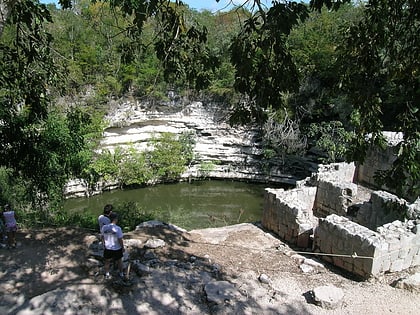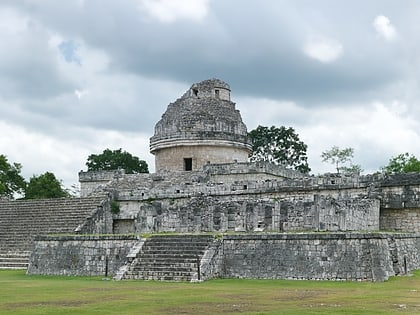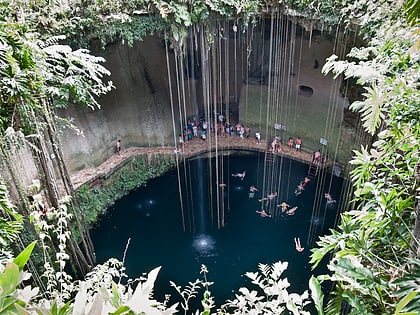El Castillo, Chichen Itza

Facts and practical information
El Castillo, also known as the Temple of Kukulcán, stands as a testament to the architectural and astronomical prowess of the ancient Maya civilization. Located in the heart of Chichen Itza, a UNESCO World Heritage site in Mexico's Yucatán Peninsula, this step pyramid is one of the New Seven Wonders of the World and a magnet for tourists from around the globe.
Constructed by the pre-Columbian Maya sometime between the 9th and 12th centuries, El Castillo is a historical landmark that boasts a height of approximately 30 meters, including a temple at the top. The pyramid features a series of square terraces with stairways up each of the four sides to the temple. Remarkably, the pyramid was built to align with the solar calendar, and during the spring and autumn equinoxes, sunlight casts a series of shadows that resemble a serpent slithering down the northern staircase; a phenomenon that attracts thousands of visitors.
The structure consists of nine platforms, symbolizing the nine levels of the underworld, and each side of the pyramid has 91 steps, which, when combined with the shared step at the top, totals 365 steps — the number of days in the solar year. This engineering marvel reflects the Maya's deep understanding of astronomy and their calendar system.
Visitors to Chichen Itza can no longer climb El Castillo, as climbing was prohibited to preserve the site and ensure visitor safety. However, tourists can still marvel at the imposing structure from the ground, take guided tours to learn about the historical significance of the pyramid, and enjoy the impressive light and sound show that takes place in the evenings, illuminating the pyramid with vibrant colors and narrating the story of Chichen Itza and the Maya civilization.
El Castillo – popular in the area (distance from the attraction)
Nearby attractions include: Balankanche, Sacred Cenote, El Caracol, Ik Kil.
